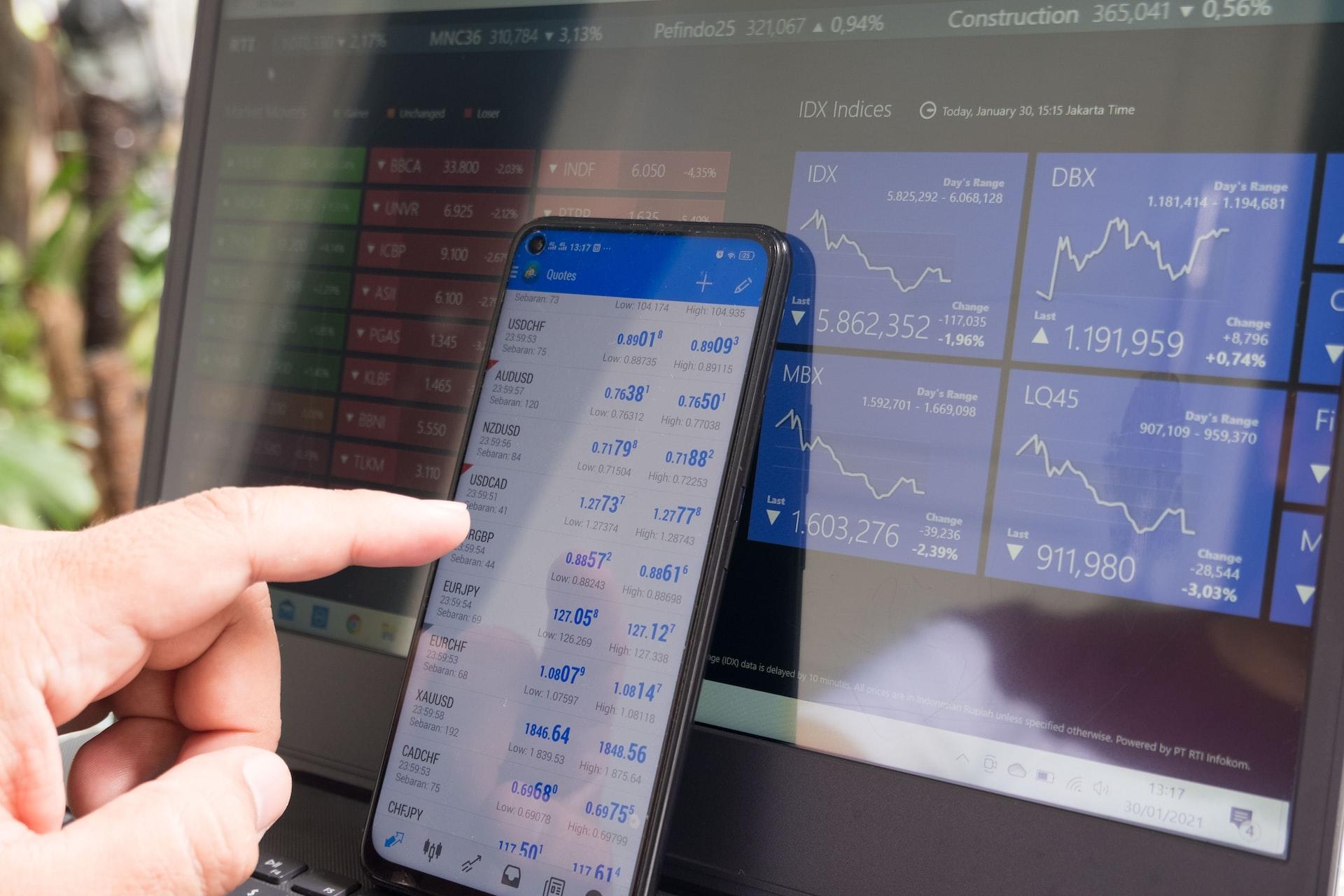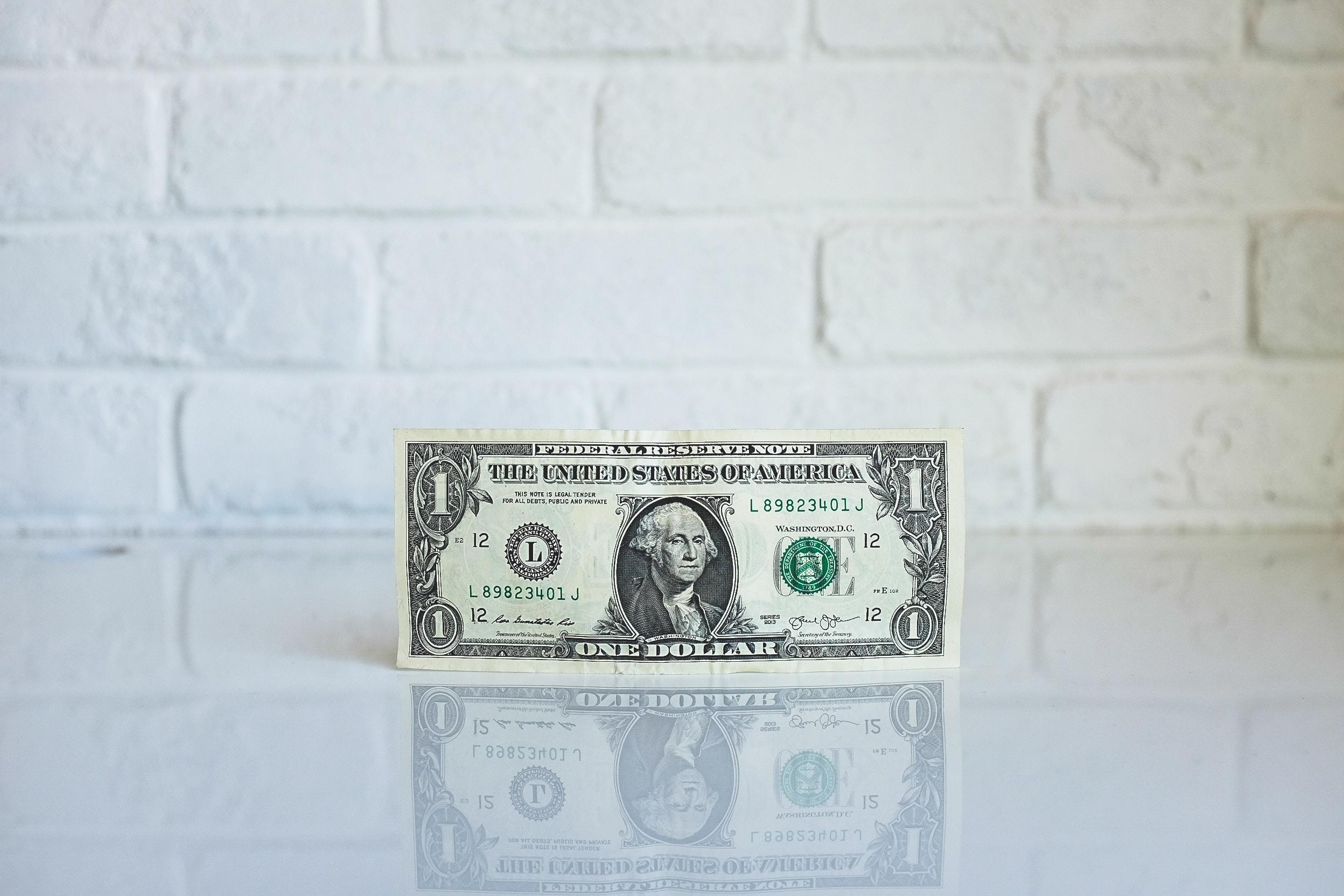Preparing students for the real world can be quite a challenge when so many aspects of life are constantly changing. Teaching coursework to students about finances and economics can be one way to get ahead of the curb. There are a ton of reasons why studying economics in high school is so important. By learning about economic literacy throughout secondary education, students will know what to expect in the future and how to best manage their economic decisions.
“Economic literacy also gives people the tools for understanding their economic world and how to interpret events that will either directly or indirectly affect them”
If a whole community is economically literate they are more capable of comprehending and evaluate critical issues. This, in turn, makes them better equipped to vote for the candidates and parties that are truly going to make a positive impact on the health of their economy. This makes economics a public education priority. Most college campuses offer majors in economics, however, there are also high school programs you can enroll in order to develop your economic literacy. Future student success is dependent on a school system properly enrolling students in academically diverse subjects. Economics classes should be just as important as your social studies or algebra II class.
Education in the United States varies greatly in the graduation requirements needed for a high school diploma, meaning that you might not be required to take an econ course. However, if you have the option to add it to your electives, it will really boost your education levels. Economics high school courses can range in the curriculum throughout different education systems, some focus on macroeconomics, while others on microeconomics, and lastly some give more general knowledge about finance systems. Keep reading to find out what econ courses are available to you.

Why Study Economics?
Studying economics opens up thousands of doors for your future, everything from possible careers to simply having a better understanding of how the economic world functions.
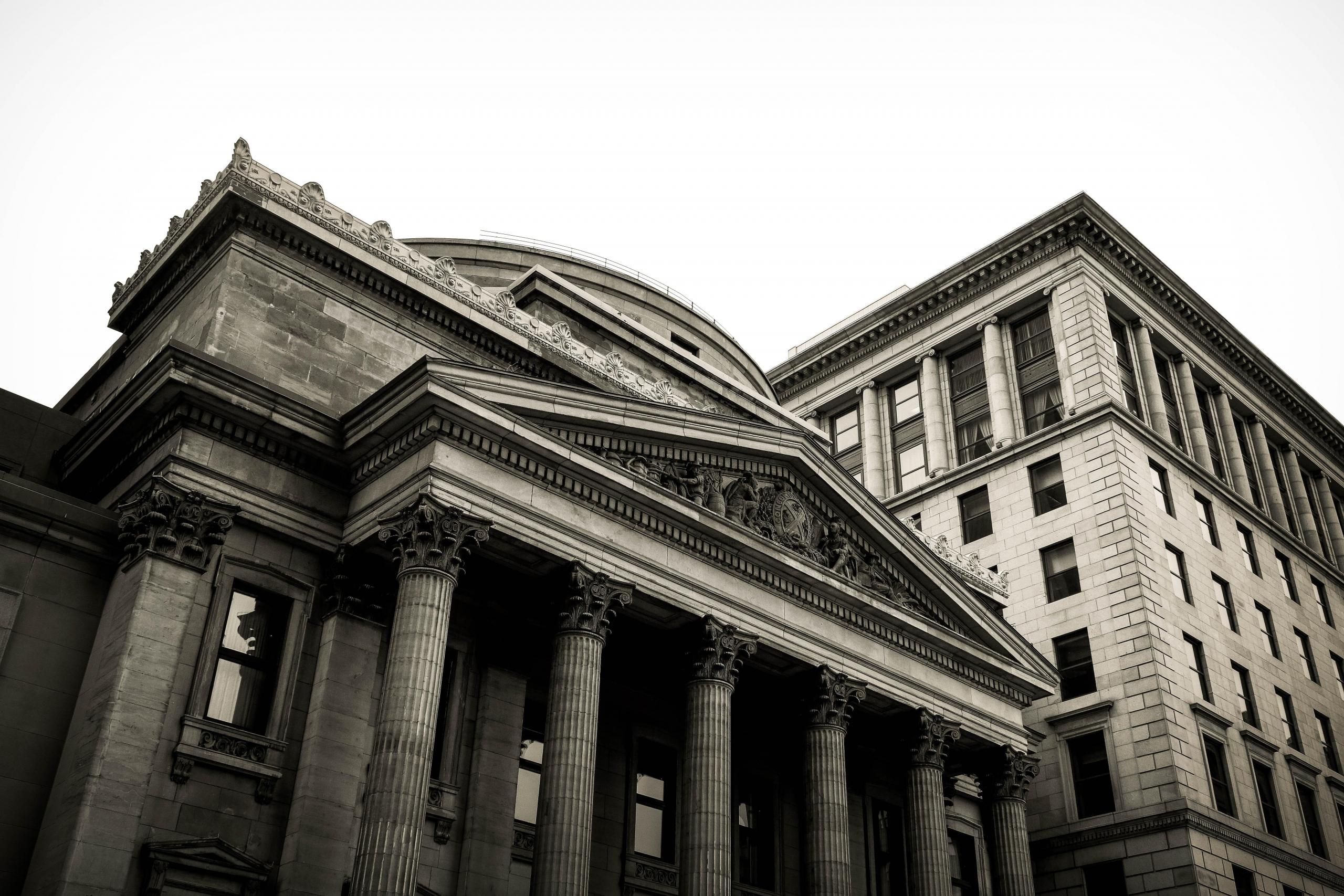
Studying economics doesn’t mean that you have to become an economist. Having a background in the field of economics can actually lead to a variety of careers. Almost all industries need employees with knowledge of the economic market. There are multiple sectors that constantly scout out students with an economics major. Here are a couple of locations that hire economics majors.
- Banks
- Insurance Companies
- Real-estate Agencies
- Local, State, and Federal Government
- Universities
Many of these locations and businesses look for economics students because the skills developed by these students are easily transferable to a multitude of other sectors. Employers seek out students with communication, problem-solving and analytical skills. They also look for math, critical thinking, and detail-oriented students can take what they have learned in high school and college and apply it to a range of jobs and tasks. It's not just about knowing the economic theory!
Learning economic analysis can also be very beneficial for your personal life. Having a basic understanding of economic trends and wealth can help you make smarter financial decisions down the line. When it comes time to purchase a home or a car, it will be good to know what factors make up the costs and benefits of each of these decisions. You wouldn't need to major in economics, but having basic information can be helpful. By learning even a little bit about scarcity, supply and demand, and costs and benefits, you will be a lot more equip to handle the big scary adult world. Find out why other people choose to study economics during their high school courses.
High School Economics
A regular and honors high school economics class will have very similar curriculums. They usually include broad explanations and technical education about the varying fundamentals of everyday economics. If you would like to dig deeper into the complexities of economics, you can look into a more detailed AP course or hire a tutor to help sort through some specialized details.
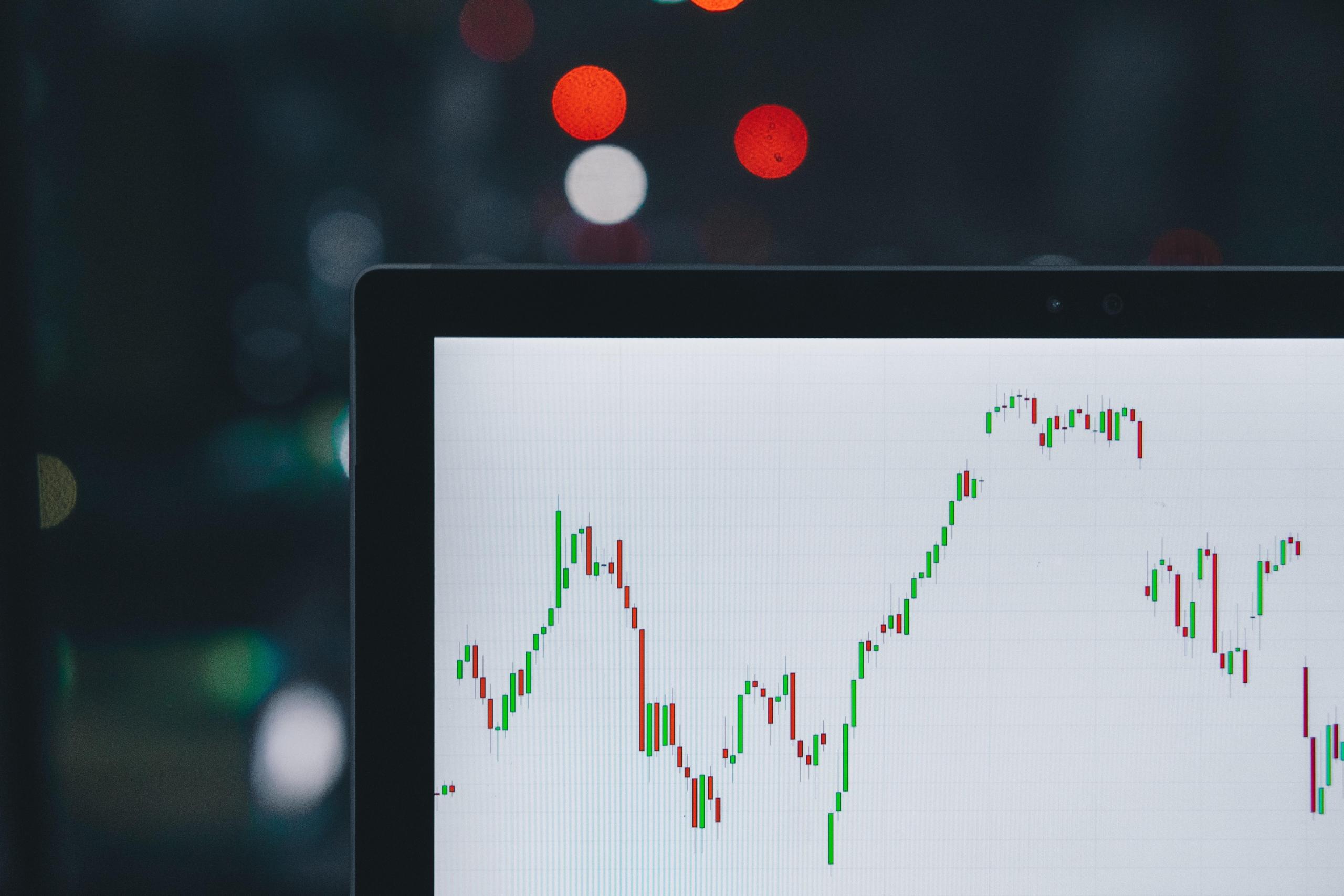
Here are a couple of fundamentals of economics that your high school course may go over.
- Charts and Graphs - economics is part math and part social science, meaning that a lot of the theory, explanation, and data for economics is represented in charts and graphs. Learning the basics about reading and interpreting graphs is crucial when beginning your knowledge of economics. Graphs demonstrate data and trends on scarcity and opportunity costs, just to name a few.
- The Role of Money - although economics is more than just the study of money, it does play a significant role. Students should understand the function of money within economic trends as well as how to evaluate production and possibility curves. This also lends itself to help identify the importance in the diction of labor and the fluctuating market price.
- Economic Decisions - understanding why and how society makes certain economic decisions is a large part of economics as a whole. Students should be able to understand the causes and effects of economic choices as well as how they pertain to opportunity costs. This portion also touches on trade exchanges and the interdependence of markets.
Not all high school syllabi are the same and no two teachers teach the same, making it hard to define one curriculum structure for all high school economics courses, however, the above is a simplified outline of the topics your teacher might cover. If you would like to know more about the topics that you'll be covering this upcoming year, reach out to your teacher and ask for an advanced copy of the syllabus.
AP Macroeconomics
Aside from regular economics classes, some high schools might offer Advanced Placement (AP) Economics courses. These AP classes are build to be college level and help you earn college credit if you pass the final exams. As of right now, College Board offers both AP Macroeconomics and AP Microeconomics.

As shown in the name of the course, AP Macro focuses on the macroeconomics branch of economics. This branch studies how the overall market system behaves and how it is operated on a large scale. Those who study macroeconomics focus on economy-wide phenomena such as:
- Inflation
- Price levels
- Rate of Economic Growth
- National Income
- GDP
- Unemployment
At the end of the year, the AP Macro exam will cover these topics within different content areas. The exam consists of two sections. Section 1 is a multiple choice and accounts for 66% of the exam score. The time allotted for this section is 1 hour and 10 minutes. Section 2 is the free-response and accounts for 33% of the total exam score. There is an initial 10-minute reading period included in the 1-hour writing period. This section includes 1 long free-response question and 2 short free-response. In these free responses students will be asked to:
- Make declarations about economic concepts, principles, models, outcomes, and effects
- Demonstrate knowledge of economics concepts
- Conduct numerical analysis
- Create visual representations including graphs
You can use past free-response papers as practice for when you start prepping for the exam. Public schools and private schools across the US provide students with the option of taking AP classes. These college preparatory classes are also great additions to a school application.

AP Microeconomics
While AP Macro focuses on the big picture, AP Micro focuses on the choices made by individuals in the economies. It is the study of how people, households, and industries affect the economy. The AP Microeconomics Exam structure is very similar to that of the AP Macroeconomics. This exam also consists of two sections. Section 1 consists of 60 questions that account for 66% of the total exam score. You are allowed 1 hour and 10 minutes for this multiple-choice section. Section 2 is designated for free-response questions. Students are allowed 1 hour writing period including a 10 minute reading period. This makes up 33% of the exam score.

The AP Microeconomics syllabus presented by the College Board includes a variety of content. This includes topics such as:
- Basic Economic Concepts - scarcity, choice, and opportunity cost, production possibilities curve, comparative advantage, absolute advantage, trade-economic systems, and role of incentives.
- Supply and Demand - market equilibrium, determinants of supply and demand, price and quantity controls, consumer and producer surplus, and tax incidence.
- Theory of Consumer Choice - total and marginal utility, utility maximization, individual and market demand curves, income and substitution effects.
- Production and Costs - productions functions, marginal product and diminishing returns, short-run costs, cost-minimizing input combination, and productive efficiency
- Firm Behavior and Market Structure - profit, perfect competition, monopoly, and oligopoly.
- Factor Markets - derived factor demand, marginal revenue product, and market distribution of income.
- Market Failure and the Role of Government - externalities, public goods, public policy to promote competition, and income distribution.
Throughout the school year, your teacher will go over all of the above concepts. By the time the exam rolls around, students should have a strong grasp of these concepts and be able to correctly use graphs and visuals to prove such concepts. AP exams come at the end of the school calendar and usually take place in May, right before commencement ceremonies. We have also come up with a list of the best economics review material for all of the above courses.
Best Economics High School Revision Materials
No matter what economics course you are taking, be it honors, AP courses, or IB, you are probably going to have to take a final exam at some point, so we are here to help. We have listed a couple of the best Economics High School Revision Material for all of your classes.
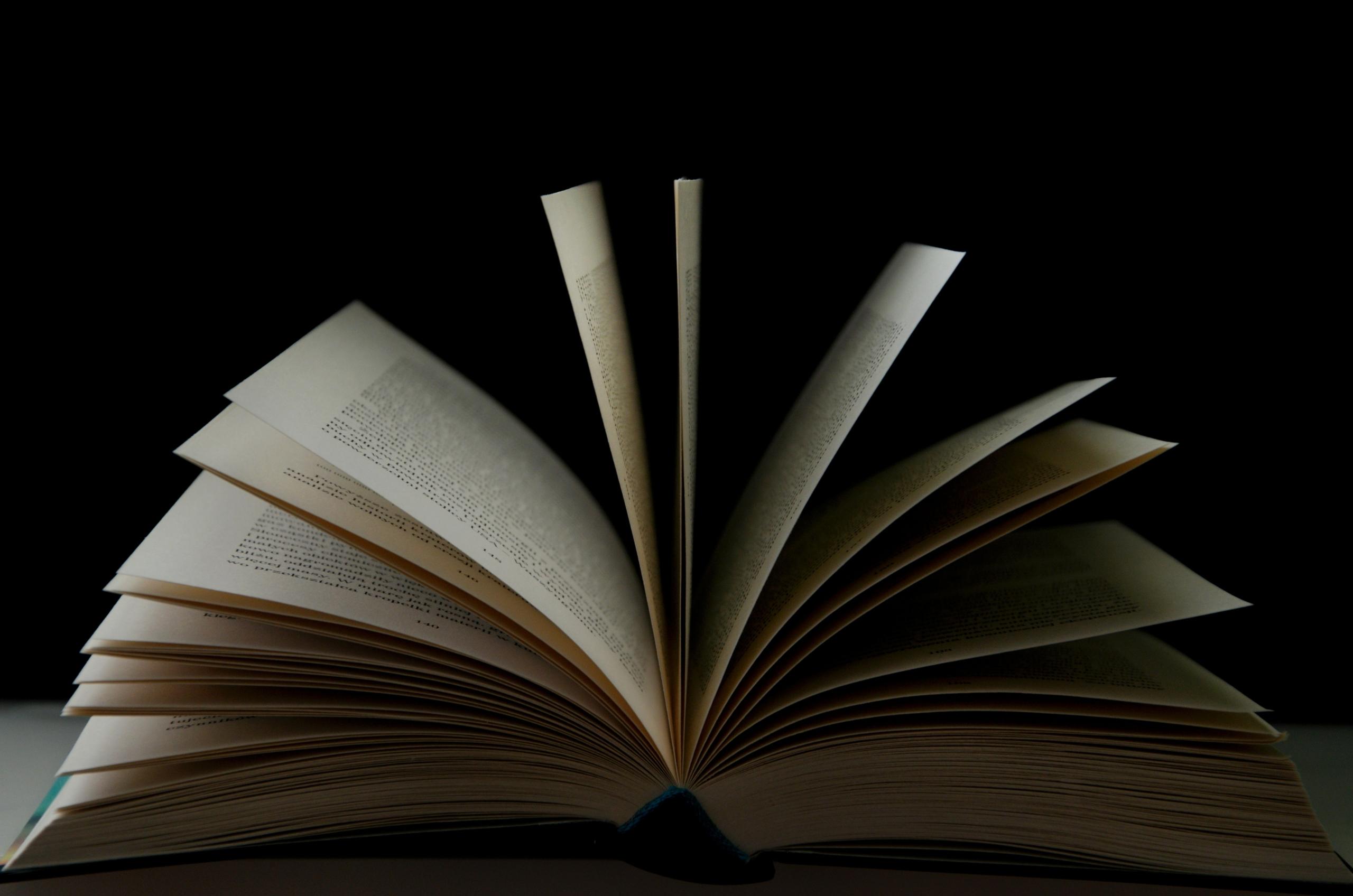
There are a ton of review books available for both of the Advanced Placement courses. Some of the review books focus on only one of the econ courses while others have a 2-in-1 deal. No matter the book you get, you will receive a detailed overview of all of the content and terms that you could possibly be tested on. In addition, most of these books will also include tips about the exam and descriptions of how the exam is structured. Be sure to pay close attention to the structures of the exams. Knowing what is expected of you in each section will save you precious time. The AP Micro and AP Macro exams are structured fairly similar but the IB exams vary greatly.
Any review material you acquire should be up to date. These programs change their exams every couple of years so the education requirements might not be the same if you purchase a more outdated review book. If you are a student that feels they need a more personalized review, it might be a good idea to reach out to a tutor. Review books are great if you already understand the concepts and want to just go over them a couple more time but if you need some concepts explained to you in detail, it would be beneficial to meet with someone that can explain them in person. Here at Superprof, there is a hundred of economics tutors that are available right in your area. Getting in contact with them is just a matter of clicks.
Find Economics High School Past Papers
There’s no better revision material than actual past exams and papers. Practicing with released exams helps you get sued to the time restrictions as well as the structuring of the exam. The review books mentioned above have one or more practice exams, but these dual credit courses also release past papers. For example, the College Board has released the free-response questions for all of their past exams. All past papers dating back to 1999 are on the website. It might be much to go that far back, but it would be beneficial to go over a couple of the past papers if you haven’t already done so in your class.
The program requirements might have changed they still hold a common core in the content presented. College Board provides not only the free-response questions but also includes the scoring guidelines and sample responses for all courses. To test your knowledge, try writing out the responses for the sample questions in the time frame indicated. You can compare your answers and graphs to the sample responses. You can even grade your own work and note which sections you need a little more practice with. If you continue to follow this technique, you will eventually identify the kind of answers that get the highest scores. So when the time of the exam rolls around, you’ll know exactly what methods to use to impress our readers. The IB program does not release their old exams but make sure to ask your teachers if they have any official practice test from the organization.
Economics Classes Outside Of High School
What happens if your high school does not offer classes in economics? No need to fear, there are plenty of other ways you can become economically savvy.

Superprof offers access to economics tutors in your area. They make it easy for you to take the wheel in your economics learning. Superprof tutors can work with you to develop a curriculum based on the aspects that you would like to prioritize. Tutors are also available to teach via online classes. This widens your possibilities for tutors. If the tutors in your area are not to your liking, with online tutoring you can choose from any Superprof tutor around the world. All you need to agree on is a time that works for the two of you. Economics Superprof tutors are able to offer courses for as little as $11 an hour and 99% of our tutors offer the first course for free, helping you make sure you are making the right decision. Find out more about economics at a high school level.
Résumer avec l'IA :


















